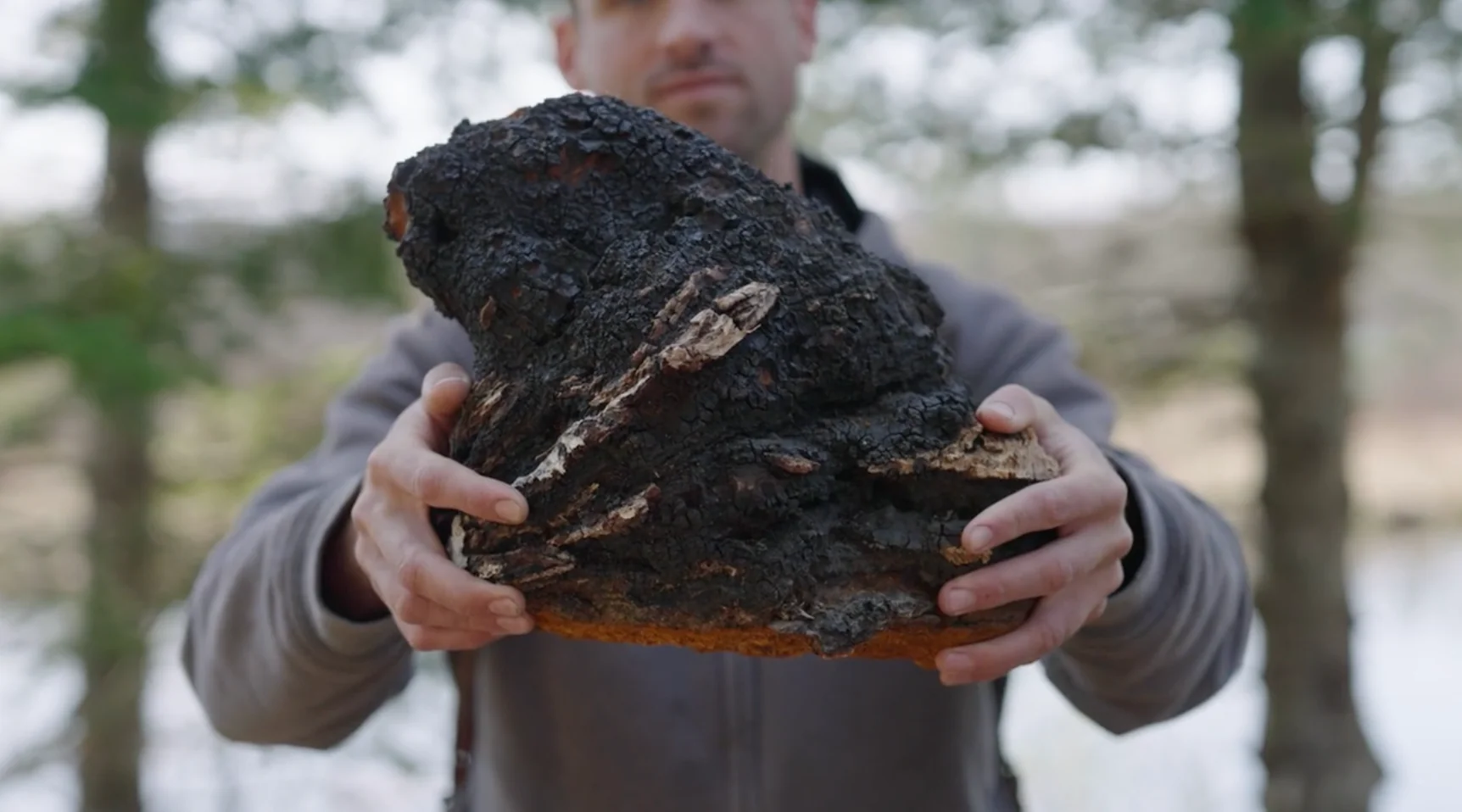A recent comparative study highlights a key difference between wild-grown and lab-cultivated Inonotus obliquus (Chaga): the diversity and richness of their sterol profiles. Wild-harvested mycelia were found to contain significantly higher levels of bioactive sterols, such as lanosterol (45.47%) and inotodiol (25.36%), compounds linked to a wide range of health-supportive properties. In contrast, cultivated mycelia were dominated by ergosterol (82.2%), a common fungal sterol with less medicinal versatility.
Researchers identified a total of 10 additional sterols in wild samples, including important intermediates in ergosterol biosynthesis, further emphasizing the complexity and therapeutic potential of Chaga grown in natural environments. The study suggests that environmental stressors—like temperature shifts, UV exposure, and nutrient variability—may stimulate the production of these secondary metabolites, enhancing Chaga’s overall bioactivity in the wild.
Attempts to manipulate cultured mycelia by adding silver ions (Ag⁺) showed some promise in altering sterol ratios (increasing lanosterol production), but the results still fell short of replicating the diversity seen in field-grown Chaga. The conclusion is clear: wild-harvested Inonotus obliquus offers a superior spectrum of medicinal sterols, making it the preferred source for therapeutic applications.

